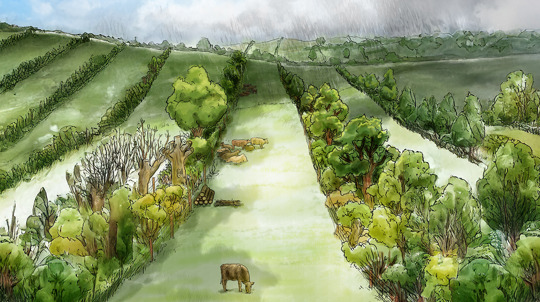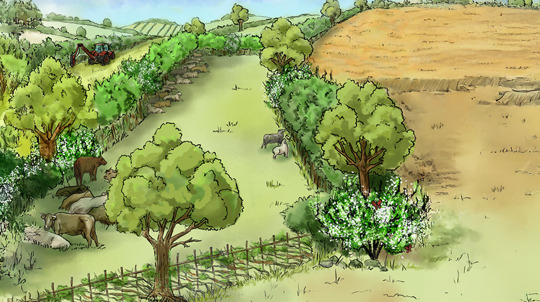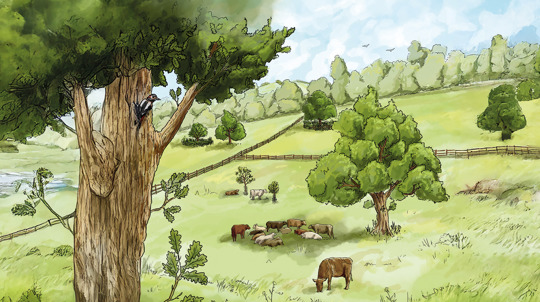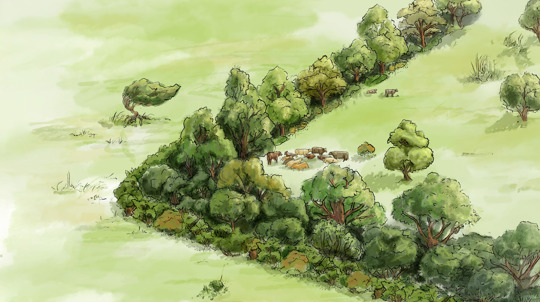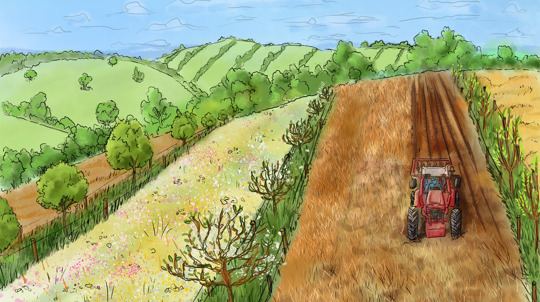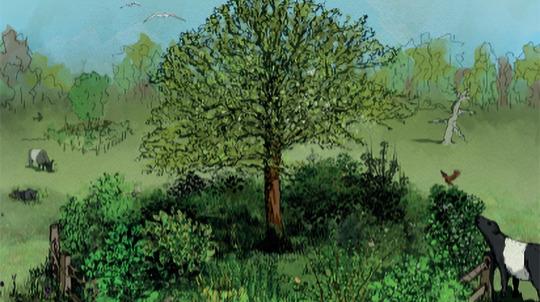What to consider for riparian planting
The most suitable method of riparian planting will vary on a site-by-site basis. Depending on site constraints and opportunities, the recommended minimum widths for riparian planting are:
- 10 metres along channels less than two metres wide
- 20 metres along watercourses more than two metres wide, or along lakes and wetlands
- 50 metres around boreholes, springs or other water abstraction points.
You'll also need to bear in mind that consent may be needed from relevant bodies for certain tree planting along main watercourses, and an uncultivated buffer zone is mandatory next to watercourses.
Whatever the scale of your project, the following planting design tips can be used as inspiration.
Plant willow stands
On areas of floodplain that flood often, planting dense willow stands will stabilise riverbanks, reduce erosion and create a source of wood debris, which is important for river health. This form of planting should not occur above bridges or buildings.
Manage canopy cover
Trees on riverbanks provide shade and structure for habitats in the river and on the bank, while also acting as a source of leaf litter for the river's nutrient cycle. However, canopy cover should not extend to more than half of the river channel.
Encourage natural regeneration
Natural regeneration is a great way to create riparian woodland without the labour or resource. It encourages trees that are well adapted to the site to tolerate the wet habitat. This is suitable for areas with low browsing pressure or in a fenced-off area with a nearby seed source.
Protect large trees
Riparian planting can connect and extend existing woodland habitats on the farm, creating diverse wildlife corridors. Large trees on riverbanks have to be managed accordingly to prevent them from collapsing.





